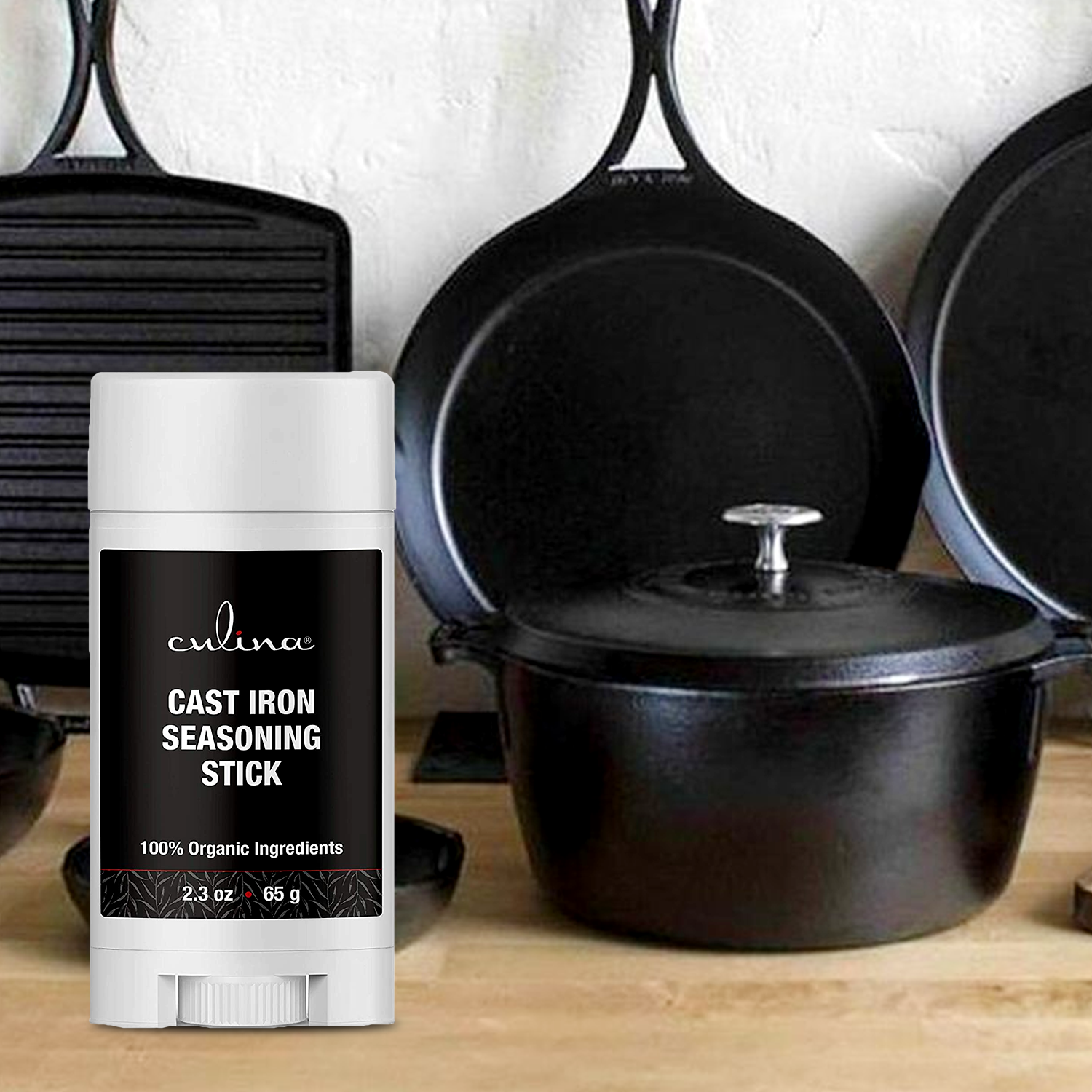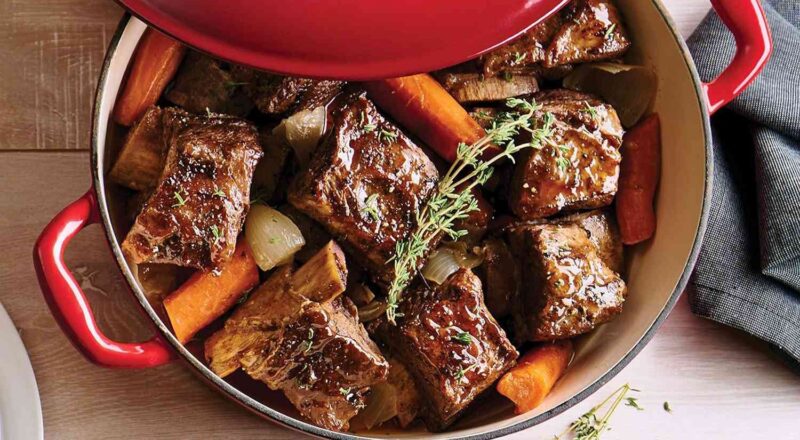Choosing the right size of Dutch oven for baking bread can be a daunting task. This guide aims to simplify the process by discussing all the crucial factors you need to consider. From the size of the loaf to the quality of the Dutch oven, this guide covers it all. Lets dive in!

Why Size Matters
When it comes to baking bread, the size of the Dutch oven you choose can significantly impact the final product. A too-small oven can restrict the dough from rising fully, while a too-large oven may result in uneven baking.
Impact on Bread Quality
A properly sized Dutch oven ensures that the heat is evenly distributed, resulting in a perfect crust and a well-baked interior. The lid traps steam, adding a beautiful shine to the bread’s crust.

Standard Sizes and Their Uses
Understanding the standard sizes of Dutch ovens can help you make an informed decision. The most common sizes range from 4 to 7 quarts.
Small Dutch Ovens (4-5 Quarts)
These sizes are ideal for baking smaller loaves, usually up to 1-1.5 pounds of dough. They are perfect for single households or those who bake occasionally.
Medium Dutch Ovens (5-6 Quarts)
A medium-sized Dutch oven is the most versatile and is suitable for most home bakers. It can handle 2-3 pounds of dough, making it perfect for family-sized loaves.
Large Dutch Ovens (6-7 Quarts)
If you often bake larger loaves or want to bake multiple smaller loaves at once, a large Dutch oven is your best bet. These are great for entertaining or for bulk baking sessions.

Material Matters
The material of the Dutch oven can also influence the quality of your bread. The most popular materials are cast iron and enameled cast iron.
Cast Iron
Cast iron Dutch ovens are excellent for retaining heat, which is crucial for baking bread. They are also extremely durable, making them a long-term investment.
Enameled Cast Iron
Enameled cast iron Dutch ovens offer the same heat retention as regular cast iron but are easier to clean and maintain. They also come in various colors, adding a touch of style to your kitchen.
Shape and Design
The shape of the Dutch oven can affect the final shape of your bread. Most Dutch ovens are either round or oval.
Round Dutch Ovens
Round Dutch ovens are the most common and are perfect for making traditional round loaves. They distribute heat evenly, resulting in a well-baked loaf.
Oval Dutch Ovens
Oval Dutch ovens are ideal for making oval or elongated loaves. They offer more space, allowing the dough to expand more freely.
Additional Features to Consider
While size is the most critical factor, there are other features that you should consider when choosing a Dutch oven.
Lid Design
A well-fitting lid helps trap steam, which is essential for developing a crispy crust. Some lids come with a self-basting feature, which can further enhance the quality of your bread.
Handles and Knobs
Look for Dutch ovens with sturdy, heat-resistant handles and knobs. These features make it easier to handle the oven, especially when it’s hot.
Brands to Consider
Several brands offer high-quality Dutch ovens specifically designed for baking bread.
Le Creuset
Le Creuset is a popular choice among home bakers. Their enameled cast iron Dutch ovens are known for their durability and excellent heat retention.
Lodge
Lodge offers both cast iron and enameled cast iron Dutch ovens at a more affordable price point. They are also highly durable and efficient.
Staub
Staub Dutch ovens are known for their self-basting lids and excellent heat retention. They are a bit on the pricier side but offer long-term value.
FAQs
What is the best size of Dutch oven for bread?
The best size depends on your baking needs. A 5-6 quart oven is ideal for most home bakers.
Can I use a small Dutch oven for baking large loaves?
It’s not recommended as a small Dutch oven may restrict the dough from rising fully.
Is an enameled Dutch oven better than a regular cast iron one?
Both have their pros and cons. Enameled Dutch ovens are easier to clean, while regular cast iron ovens offer better heat retention.
For more tips on maintaining your Dutch oven, you can check this guide.
If you want more in-depth information, feel free to visit some of our guides on sticky Dutch ovens or seasoning your Staub Dutch oven.
As an Amazon Associate, I earn from qualifying purchases.

